Lee Jang-woo's House (이장우 가옥)
9.7Km 2024-11-14
21 Yangchon-gil, Nam-gu, Gwangju
+82-62-651-9020
Designated the first Gwangju Folk Material on March 20, 1989, Lee Jang-woo's House is an upper-class, tile-roofed house with a gate, storeroom, servants’ quarters, detached building, and main building. The building is estimated to have been constructed in 1899 and is overall a sturdy example of Korean architecture, well-preserved in its original state. The L-shaped main hall of the historic building is rather large and consists of (left to right) a wooden verandah, a small room, a hall, the main room, a kitchen, and another small room. The room doors are double doors with a sliding door on the inside and a hinged door on the outside. The hall also has partitions that can be hung up as necessary.
Owen Memorial Hall (오웬기념각)
9.7Km 2024-11-12
6 Baekseo-ro 70beon-gil, Nam-gu, Gwangju
+82-62-650-7647
The Owen Monument and Memorial Hall is located inside the Christian College of Nursing. The monument was erected in 1914 in memory of missionary Clement Owen who, together with Priest Bae Yoo-ji, was the first missionary to come to Jeollanam-do. The monument was built using the 4,200 dollars collected by Owen’s relatives in the USA after Owen died as a martyr in Gwangju.
Clement Owen came to Yangnim-dong, Gwangju in the 1900s and served as a missionary and medical volunteer with his wife, who was a nurse, before dying of exhaustion and overwork in 1909. Owen had hoped to build a memorial hospital in honor of his grandfather, but died before his plan was materialized. The plaque hanging in the hall honors both men in English and Chinese, reading, “In Memory of William L. and Clement C. Owen.”
A Western-style building with a total footage of around 1,435 meters squared (including the annex building), the monument is said to have been used as chapel and assembly room. Today, the building serves as the auditorium of the Christian College of Nursing. The white, two-story building features a lectern in one corner, with two columns of pews facing the lectern. The second floor balcony stretches along the two walls opposite the lectern.
◎ Travel information to meet Hallyu’s charm – movie “Love, Lies,”
In the film, So-yul and Yeon-hee come here to see the renowned singer Lee Nan-young perform. Owen Memorial Hall has a history as a venue for Christian gatherings, lectures, concerts, graduation ceremonies, and various cultural events in the region. Today, it continues to serve as a space for both religious and cultural gatherings.
10y Ground (10년후그라운드)
9.8Km 2024-11-14
1 Yangchon-gil, Nam-gu, Gwangju
Originally a sports complex, the 10y Ground has transformed into a dynamic cultural hub offering educational opportunities, community programs, and a range of unique initiatives. It also provides space for diverse services, including food, beverages, and lifestyle options. Visitors can enjoy various cultural and art programs and shop for locally produced goods and souvenirs.
Traditional Tea House Punggyeong (전통찻집 풍경)
9.8Km 2023-12-22
96 Unyong-ro, Buk-gu, Gwangju
Traditional Tea House Punggyeong in Gwangju specializes in serving rich and savory traditional Korean tea. The interior is decorated in white and wood tones, creating a cozy atmosphere. From the entrance to every corner of the room, there are plants that have been cared for by the store owner, allowing visitors to feel more at ease as they enter the tea house. The drinks are served in a neat tea cup, and their most recommended tea is the house-brewed ssanghwacha (medicinal herb tea). Furthermore, it sells a variety of traditional teas that are great to savor leisurely while resting such as daechu cha (jujube tea), a unique tea with a sweet aftertaste and is known to help treat insomnia; and saenggang cha (ginger tea) with an addition of honey or malt syrup, among others.
Gwangju Sajik Park (사직공원 (광주))
9.8Km 2022-08-05
49, Sajik-gil, Nam-gu, Gwangju
+82-62-652-3236
Sajik Park is located at the previous site of Sajikdan Altar, a ritual site to pray for peace and prosperity during the Three Kingdoms Era. In the 1960s, the site was home to Sajik Zoo, with the ritual being abandoned in 1894 and the altar in disrepair. However, in 1991, it was decided to move the zoo to another location and begin restoring the site. It was reopened in April 1994, 100 years after the last ritual.
Sajik Park is landscaped with various trees and flower beds. The park blooms pink and white with cherry blossoms annually in mid-April. During this time, the municipality of Gwangju installs lighting in the trees for citizens to enjoy the blossoms late into the night. The park has become established as a favorite rest area for Gwangju citizens. The park houses several attractions including Gwangju Broadcast Station (KBS), Memorial Tower for Policemen, Yangpajeong Pavilion, and Palgakjeong Pavilion overlooking downtown Gwangju.
LEEKANGHA Art Museum (이강하미술관)
9.8Km 2024-11-14
6 3·1manseundong-gil, Nam-gu, Gwangju
The LEEKANGHA Art Museum, opened in 2018, offers a range of exhibitions, educational programs, and a research center. Visitors can explore the life and art world of Lee Kang-ha in different eras through various exhibitions and gain a deeper understanding of art with performances and educational programs. The museum aims to foster empathy and communication to enrich cultural knowledge by using diverse art-culture experience programs.
Yangnim-dong Missionary Cemetery (양림동 선교사 묘지)
9.9Km 2021-05-28
77, Jejung-ro, Nam-gu, Gwangju
+82-62-607-2333
The Yangnim-dong Missionary Cemetery is the final resting place of 23 missionaries who brought Christianity to Gwangju and led the movement to free the nation from under Japanese colonial rule. Yangnim-dong in Gwangju Metropolitan City was the main area in which Priest Bae Yu-ji and Dr. Clement Owen carried out their work as the first missionaries to Jeollanam-do.
Located nearby is a monument dedicated to Priest Bae Yu-ji and the Owen Memorial Building, built in honor of Dr. Owen and his grandfather. Both memorials are cultural assets and particularly prized by locals of the Christian faith.
Gwangju Yangdong Market (광주 양동시장)
9.9Km 2022-04-06
238, Cheonbyeonjwa-ro, Seo-gu, Gwangju
+82-62-366-0884
Yangdong Market started in the 1910s as a traditional market held on dates ending in 2 and 7 of every month on the white sand beach under Gwangjugyo Bridge. The market has a long history and local citizens have many sayings referring to the multitude of items available here. During the May 18th Democratic Uprising, both Yangdong and Daein Markets were a grand venue where the citizens of Gwangju gathered together to rally for democratization of the nation. Merchants of the markets provided food, beverages, and medicine to the protestors and participated in the movement alongside their fellow citizens.
Yangdong Market is an outstanding traditional market among all markets throughout the nation. The market has upgraded with the times to include modern conveniences, including a consolidated market logo, online shopping mall, and merchant education classes.
Missionary Wilson's House (우일선 선교사 사택)
10.0Km 2024-11-12
20 Jejung-ro 47beon-gil, Nam-gu, Gwangju
+82-62-607-2333
Missionary Wilson’s House is a two-story brick building that sits upon the eastern foothills of Yangnimsan Mountain. Known as the oldest surviving Western-style house in Gwangju, the house is an icon of modern culture and architecture in Korea. The house was built by an American missionary named Wilson in the 1920s (exact date unknown) and was the home of the Wilson family while they stayed in Korea. When the family completed their work in Korea, they sold the house for a very cheap price with the stipulation that the house continued to be used for missionary purposes. The house fell into the possession of the General Assembly of Chonnam Presbyterian Church of Korea in 1986 and now serves as the home office for the Presbyterian Church of Korea.
The square-shaped house consists of a living room, a family room, a kitchen, and a bathroom (1F), several bedrooms (2F), and storage areas and a boiler room (B1). The fact that the entrance of the house faces east is said to be a result of the prevailing architectural culture of Korea at that time. A Netherland-style house built with 55-milimeter thick, gray bricks, the first and second stories are delineated on the exterior with an eye-catching band of bricks.
Hola Alpaca Café (올라알파카카페)
10.2Km 2024-02-20
477 Anyangsan-ro, Hwasun-eup, Hwasun-gun, Jeollanam-do
Hola Alpaca Café is a bakery café in Hwasun where visitors can see alpacas up close and experience feeding them. Its signature menu item is the Alpaca cube latte, where espresso cubes shaped like alpacas are melted into milk. The café offers a popular spot for enjoying beverages and desserts while overlooking the scenic views of Manyeonsan Mountain.
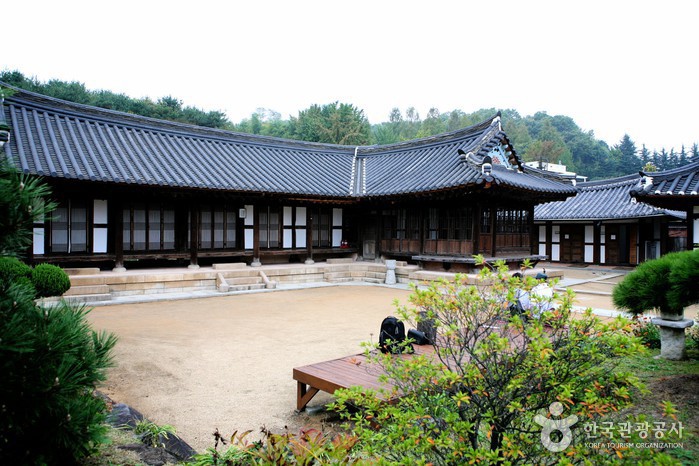
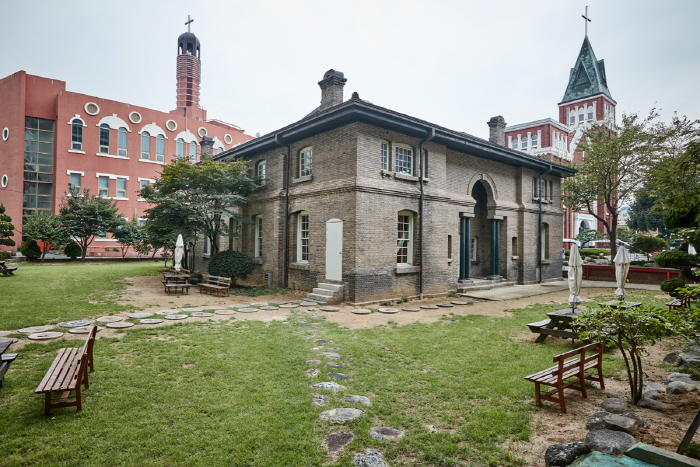
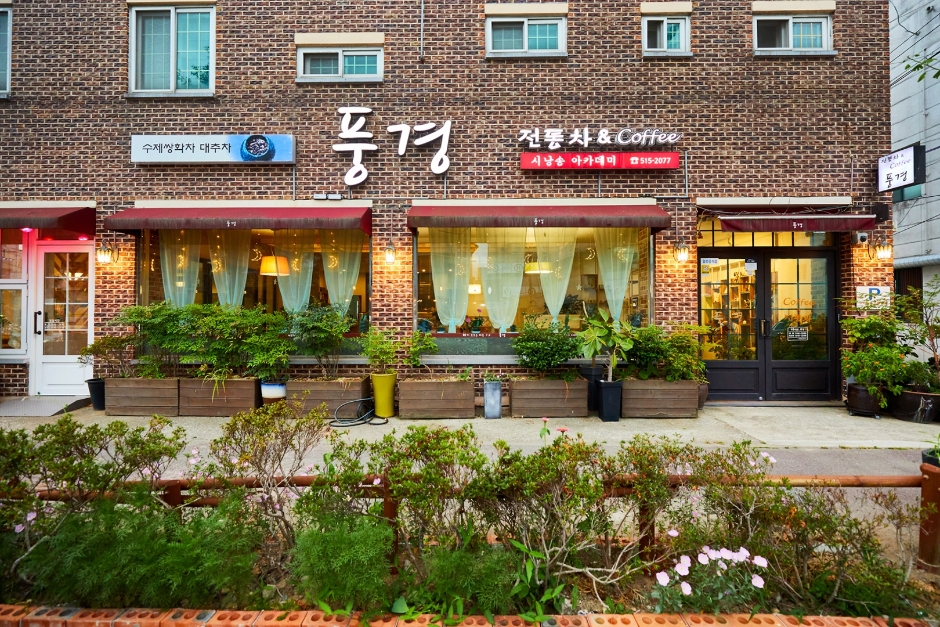
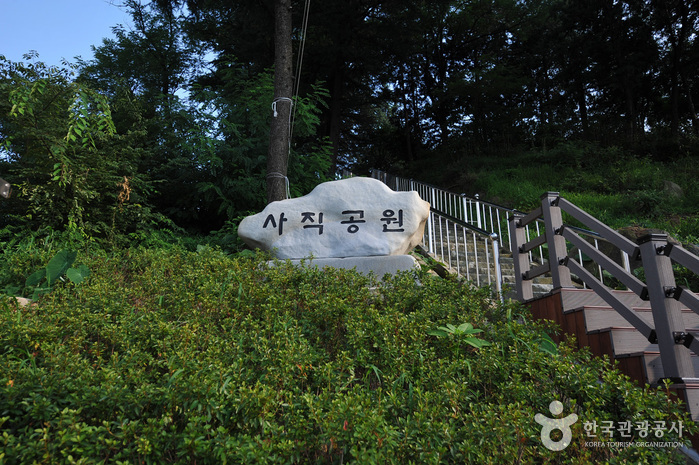
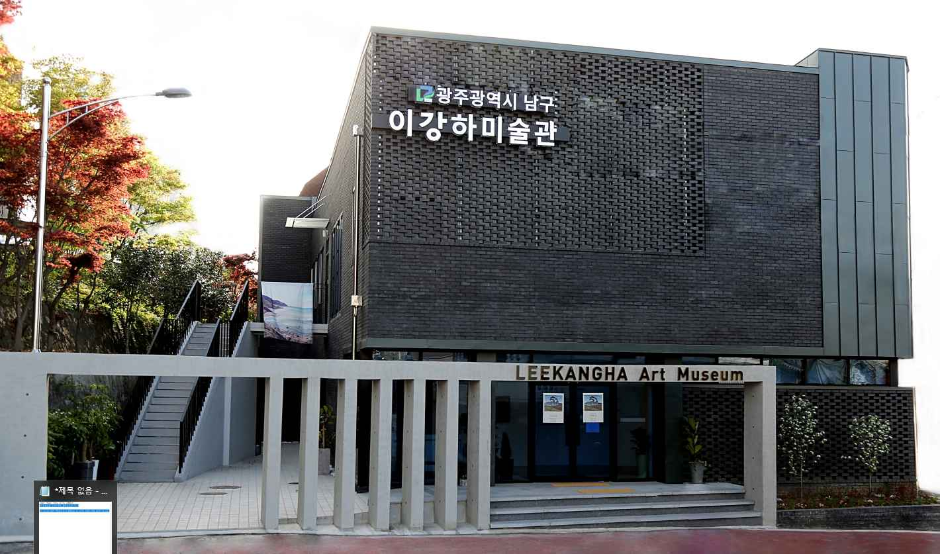
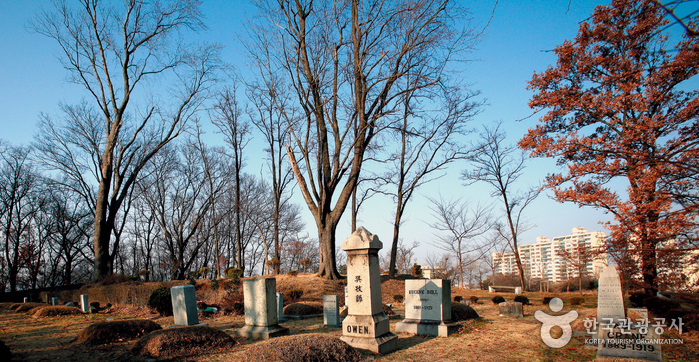
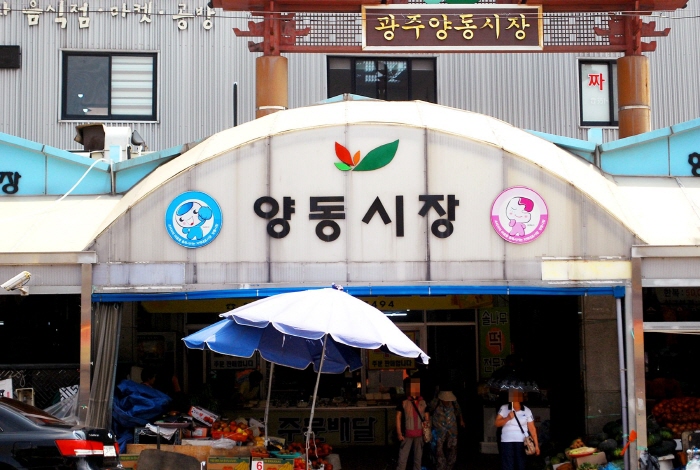
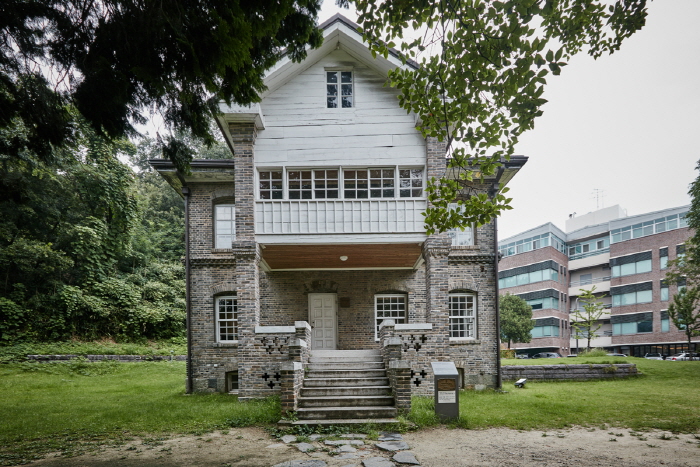
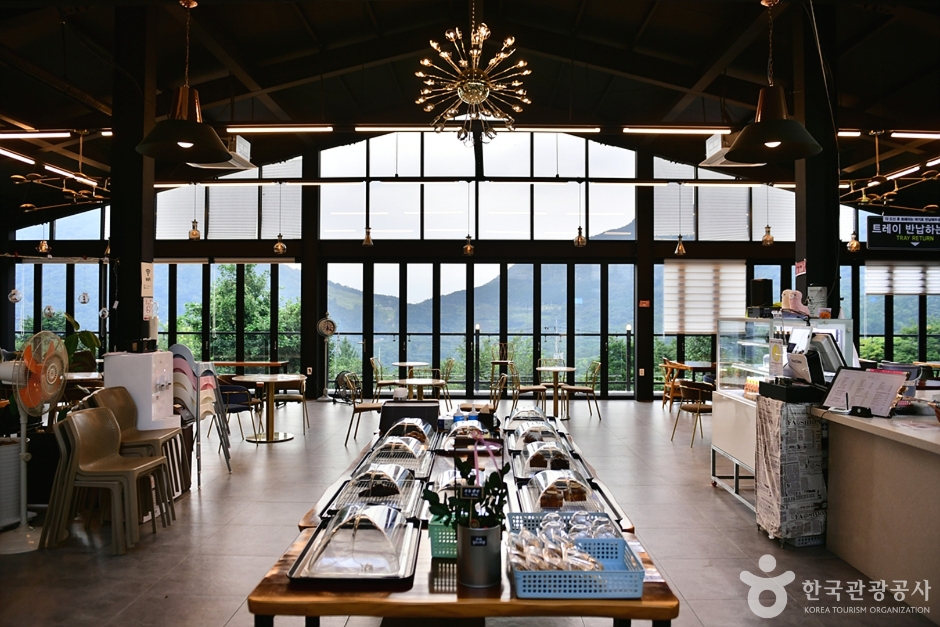
 English
English
 한국어
한국어 日本語
日本語 中文(简体)
中文(简体) Deutsch
Deutsch Français
Français Español
Español Русский
Русский